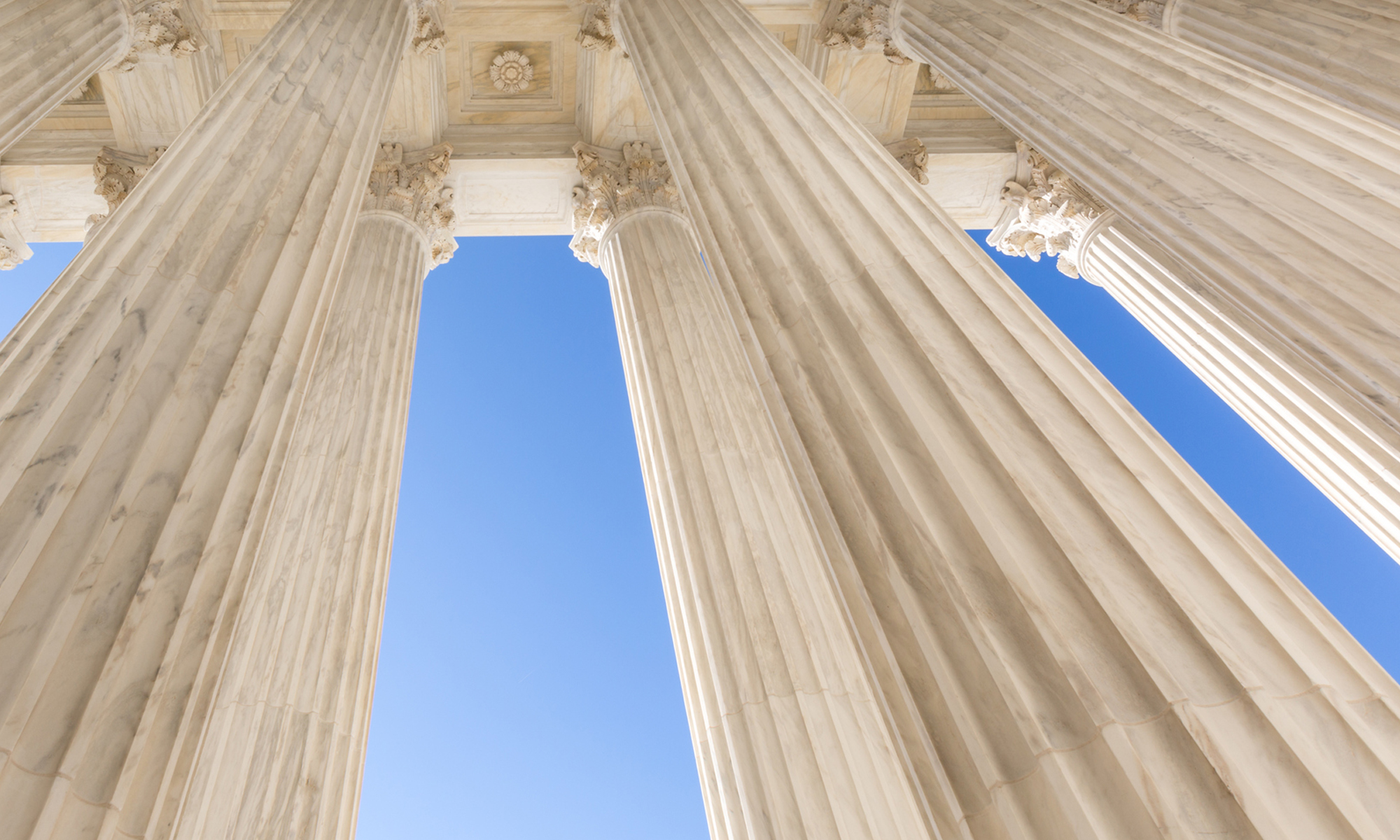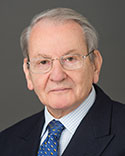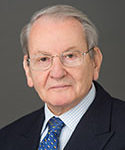So how long does a Ninth Circuit civil appeal take? Using the most recent statistics from the Administrative Office of the United States Courts published in its Judicial Business 2017 report for the fiscal year ending September 30, 2017, the median time from notice of appeal to decision in the Ninth Circuit was 22.8 months (and that is just the median time–half the appeals take longer.) (See Table B-4A to the report.) The next slowest circuit—the Third Circuit—handles civil appeals in just about the same length of time: 22.3 months from notice of appeal to final decision. (The Third Circuit’s disposition time is puzzling because it is usually closer to the median.) The 2017 median time from notice of appeal to decision across all Circuits is 12.1 months.
The Ninth Circuit is the largest circuit geographically, and it remains the busiest, with 11,096 appeals filed in the year ending September 30, 2017. The next busiest circuit—the Fifth—had 7,099 appeals filed in the same period. Measured by matters terminated on the merits per active judge and per panel, however, the Ninth Circuit ranked third among the circuits for the year ending September 30, 2017, with 463 merits-based terminations per judge and 771 per panel. The circuit with the heaviest workload, using this same measurement, is the Eleventh Circuit, with 762 merits-based dispositions per judge and 904 per panel. The lowest terminations per active judge is DC Circuit, with 137 per judge, and 131 per panel.


